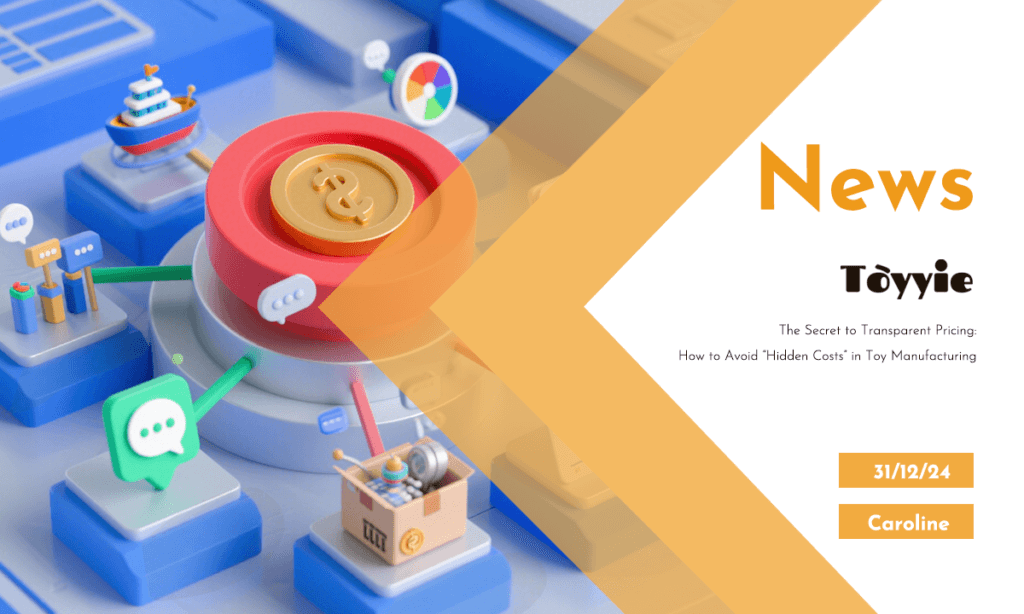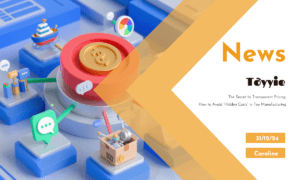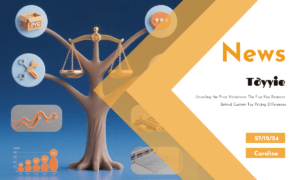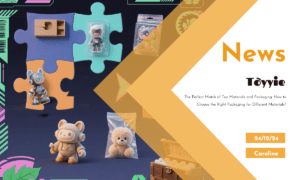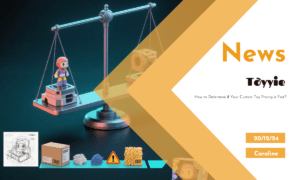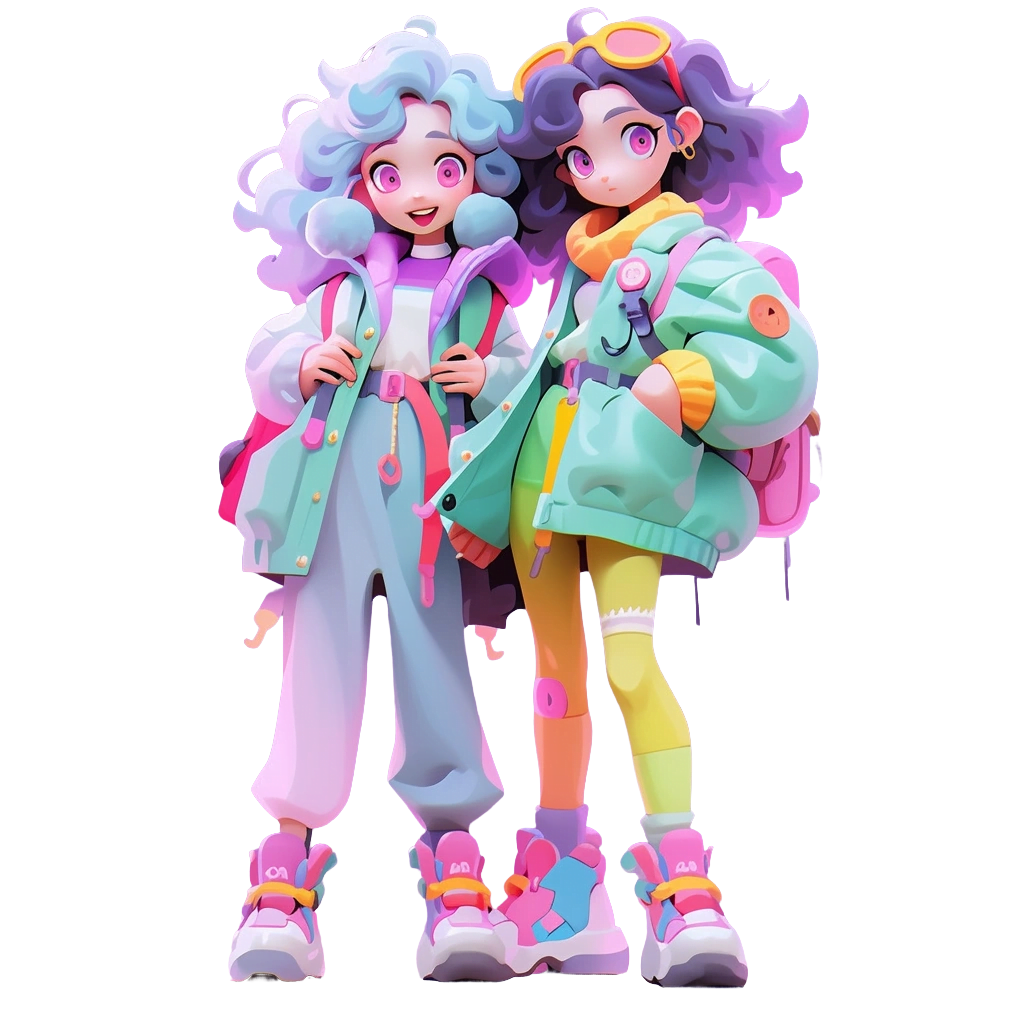📌 Introduction📌
In my years of experience in the trade industry, cost control has always been an unavoidable topic when communicating with clients. This is especially true for those who are new to commissioning custom toy manufacturing projects. Almost every client asks me the same question: *“Our budget is tight. Can we keep costs under control? Is it possible to avoid hidden fees?”* This isn’t just a common concern—it’s often the deciding factor when clients choose a manufacturer.
Today, I want to share my insights on how to navigate the potential pitfalls of hidden costs in toy manufacturing, ensuring you manage your budget more effectively while avoiding unwelcome surprises.
💡 Why Do Hidden Costs Happen?
Hidden costs often arise not from deliberate concealment but from a lack of clear communication or differing expectations between the client and the manufacturer. Here are some of the most common sources of hidden costs:
Lack of a Detailed Quotation
Have you ever received an initial quote that seemed too good to be true, only to find additional charges piling up later? These might include mold fees, sample production costs, or quality inspection charges. Such surprises typically happen when the initial quotation is overly simplistic and doesn’t account for the project’s full scope.
My advice? Don’t just look at the headline number in a quote. Pay close attention to the supplier’s sincerity during discussions and how detailed their quotations are. Once production begins, it’s often too late to negotiate, and you may find yourself paying for sunk costs.
Fluctuating Raw Material Prices
Prices for raw materials like resin, PVC, or metal—commonly used in collectible toys—can be subject to market volatility. If your supplier hasn’t addressed this upfront, you may face higher-than-expected costs later. Always ensure the validity period of the quoted prices is clearly stated.
Special Customization Requests
You might want to add personalized touches to your product, such as unique paintwork or intricate packaging. If these requirements aren’t specified during the initial discussions, they can emerge as additional costs later in the process. It’s crucial to outline all your needs from the beginning. This not only helps the manufacturer provide accurate pricing but also ensures smoother project execution.
For example, if you initially omit the need for custom packaging and bring it up mid-production, the manufacturer may need to create new molds for the packaging, potentially delaying your timeline and increasing costs.
Logistics and Tariffs
Shipping fees and customs duties are often overlooked when planning budgets, yet they can significantly impact your project’s final cost. While your supplier can provide initial freight estimates based on your order volume, it’s important to remember that shipping fees fluctuate based on international market conditions. Tariffs, on the other hand, are determined by your country’s import regulations. Be sure to research these policies before placing an order.
ABS toys can handle more wear and tear, but they still need protection during transit to prevent scratches and dents. Packaging for ABS toys should be sturdy, but not overly padded since the material is resistant to impact.
🛠️ How to Avoid Hidden Costs
Preventing hidden costs comes down to careful planning and clear communication. Based on my experience, here are four golden rules to follow:
Request a Detailed Quotation
Ensure your supplier provides a transparent and comprehensive quotation that includes:
– Product costs (unit pricing and bulk order pricing)
– Mold and sample production fees
– Packaging costs
– Shipping fees and estimated customs duties
– Quality inspection fees
With all this information in hand, you’ll have a clearer understanding of your project’s financial requirements.
Know Your Product Specifications
The more detailed your knowledge of the product’s specifications—such as size, color variations, and packaging type—the more accurately your supplier can quote. If you’re unsure about certain details, collaborate with the supplier to address these gaps early on to avoid surprises later.
Account for Material Price Volatility
Ask your supplier whether they have a policy to lock in material prices or if they can provide advance notice of price changes. This can help you maintain some flexibility in your budget.
Address Logistics and Tariffs Early
Experienced manufacturers often help clients estimate shipping and customs costs during the quotation phase. If your supplier doesn’t bring this up, make sure to ask. Keep in mind that different shipping methods (air vs. sea freight) and varying tariff rates based on your destination country can significantly affect your costs.
🔍 How to Choose a Trustworthy Manufacturer
A reliable manufacturer isn’t just your production partner—they’re also a key player in helping you manage your budget. Here’s what to look for:
Review Their Portfolio
Established manufacturers often have a portfolio of successful projects to share. By reviewing these, you can gauge their experience in producing similar products and their ability to meet deadlines and budget expectations.
Check Client Feedback
Reach out to previous clients or review testimonials to understand whether the manufacturer has a history of unexpected fees or if they consistently provide transparent pricing.
Ensure Clear Contract Terms
When signing a contract, make sure it outlines all costs in detail and includes a clause preventing price changes during the agreement period. This is a critical safeguard against hidden charges.
📦 What to Do If Unexpected Costs Arise
Even with meticulous planning, unforeseen factors like global shipping rate increases or sudden tariff changes can lead to additional costs. Here’s how to handle them:
Communicate Promptly:Stay in close contact with your supplier to identify the issue’s cause and discuss potential solutions.
Explore Alternatives:If certain materials or shipping methods are driving costs up, ask about viable substitutes or alternative logistics options.
Adjust Your Budget:Build some flexibility into your budget from the start to accommodate unforeseen expenses and keep your project on track.
🌟 The Long-Term Value of Transparent Pricing
Partnering with a manufacturer that prioritizes transparent pricing offers benefits beyond cost control. It fosters trust, streamlines communication, and reduces unnecessary friction, making the entire custom production process more efficient and stress-free.
🎉 Final Thoughts: Be a Smart Budget Manager
Controlling costs in toy manufacturing doesn’t have to be complicated. By planning ahead and maintaining clear communication with your manufacturer, you can significantly reduce the risk of hidden expenses. Remember, every question you ask helps your supplier understand your needs better—so don’t hesitate to speak up!
I hope this guide has provided you with valuable insights into avoiding hidden costs in toy manufacturing. Together, let’s strike a balance and create custom products that deliver exceptional value.

